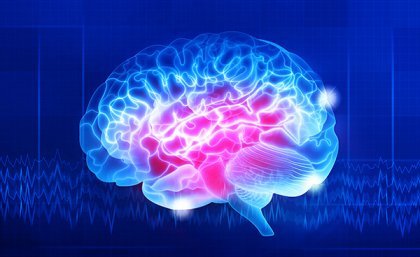Thursday, 2 October 2025
Australia links saturated fatty acids with memory formation
This study highlighted the unexpected role of saturated fatty acids Saturated fatty acid levels unexpectedly rise in the brain during memory formation, according to Australia’s University of Queensland research, opening…

This study highlighted the unexpected role of saturated fatty acids
Saturated fatty acid levels unexpectedly rise in the brain during memory formation, according to Australia’s University of Queensland research, opening a new avenue of investigation into how memories are made.
Dr Tristan Wallis, from Professor Frederic Meunier’s laboratory at UQ’s Queensland Brain Institute (QBI), said traditionally, polyunsaturated fatty acids were considered important to health and memory, but this study highlighted the unexpected role of saturated fatty acids.
“We tested the most common fatty acids to see how their levels changed as new memories were formed in the brain,” Dr Wallis said.“Unexpectedly, the changes of saturated fat levels in the brain cells were the most marked, especially that of myristic acid, which is found in coconut oil and butter.
“In the kitchen, saturated fats are those which are solid at room temperature while unsaturated fats are normally liquid. “The brain is the fattiest organ in the body, being 60 per cent fat, which provides energy, structure and assists in passing messages between brain cells.
“Fatty acids are the building blocks of lipids or fats and are vital for communication between nerve cells, because they help synaptic vesicles — microscopic sacs containing neurotransmitters—to fuse with the cell membrane and pass messages between the cells.
“We have previously shown that when brain cells communicate with each other in a dish, the levels of saturated fatty acids increase.”
“This research has huge implications on our understanding of synaptic plasticity — the change that occurs at the junctions between neurons that allow them to communicate, learn and build memories,” Professor Sah said.
This work is published in Nature Communications and supported by National Health and Medical Research Council (NHMRC) and the Australian Research Council Grant.
Technology
Arya.ag wins SmartAG Award 2025 for climate-resilient farming solutions
Oct 01, 2025 | Awards
Ecolab launches Ecolab CIP IQ
Sep 30, 2025 | Company News
Recur Software expands into food processing with acquisition of Innova Zones
Sep 30, 2025 | Company News
Food Testing
Arya.ag wins SmartAG Award 2025 for climate-resilient farming solutions
Oct 01, 2025 | Awards
Reducing Testing Time from 15 Days to 72 Hours: bioMérieux Leads the Way
Sep 19, 2025 | Food Safety and Testing
MycoTWIN boosts Türkiye’s Mycotoxin research with EU support
Sep 17, 2025 | Europe
More Popular
Palsgaard names Miguel Hidalgo as CEO
Oct 01, 2025 | Company News
Starbucks India introduces first coffee experiential store in Chennai
Oct 01, 2025 | Beverages
Arya.ag wins SmartAG Award 2025 for climate-resilient farming solutions
Oct 01, 2025 | Awards





